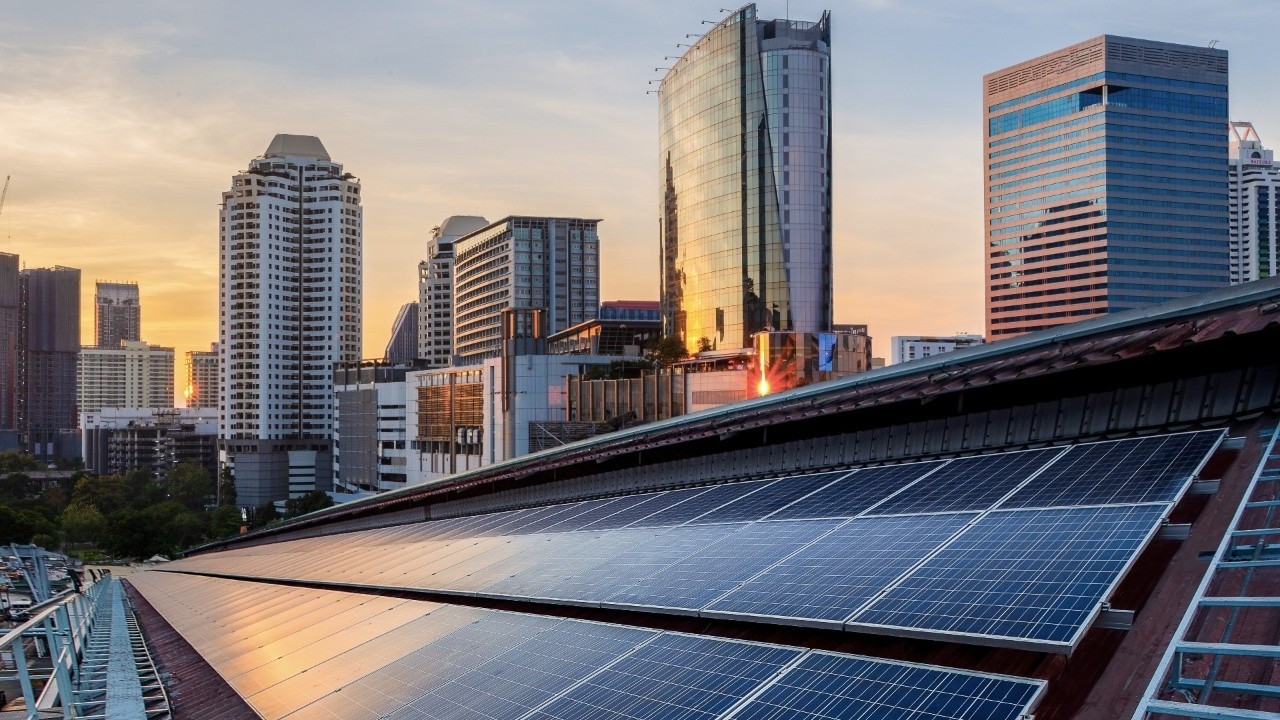An interview with Barbara Buchner
Dr. Barbara Buchner, Global Managing Director of the Climate Policy Initiative, believes the energy crisis has highlighted that investment in clean energy is the fastest road to resolving issues such as price stability in energy markets and energy access and independence for countries. But critically, capital must be mobilised, especially public finances in emerging and developing economies, to start matching the huge capital requirements needed for the energy transition.
In this audio interview, Buchner joins Megan Wright, Head of Audio at FT Longitude, to discuss how the energy transition can be financed and capital flows directed effectively to where they will have the most impact.
Interview transcript
Barbara Buchner:
Climate finance has increased at a cumulative average annual growth rate of about 7%. But I think what that does not show you is that current levels of increase are unfortunately not on track to meet a [warming limit of] 1.5 degrees Celsius, or the internationally agreed temperature scenario. And what we need to make happen is to really ensure that we get to scale very quickly. So, just looking at the latest information, we need an increase of at least 590%, or 4.3 trillion US dollars, in annual finance flows by 2030, in order to really meet internationally agreed climate objectives and avoid the most dangerous impacts of climate change.
Megan Wright:
Dr. Barbara Buchner is a leading voice in global energy transition finance. With experience advising leaders on climate, energy, and land-use investments around the world, Barbara was named one of the 20 Most Influential Women in Climate Change by the International Council for Science.
Today, Barbara combines her finance and policy expertise as Global Managing Director of the Climate Policy Initiative, an independent, not-for-profit organisation that helps governments, businesses, and financial institutions drive economic growth while addressing climate change.
Barbara also directs the Climate Policy Initiative’s Global Innovation Lab for Climate Finance, which has mobilised over 3.3 billion US dollars for action on climate change and sustainable development. I'm Megan Wright, and I'm delighted to have Barbara joining me today.
Has the energy security crisis in Europe impacted how you're advising governments, businesses, and financial institutions on their transition strategies?
“We need to put people at the centre and make sure that we are having a just and sustainable energy transition.”
Barbara Buchner:
I think the business case remains the same, [but] that transition might look a little different. So, we need to be realistic and [realise] that in the short-term we will be maybe using more of some of the traditional energy sources, because we obviously need to put people at the centre and make sure that we are having a just and sustainable energy transition.
The average cost of climate action, but not only climate action, of a real transition of energy security and energy access, is just lower by really focusing on the opportunities that we see of renewable energy and clean energy more generally. So, while there might be a short-term implication, I think ultimately, the energy security crisis makes the overarching argument and the approach even stronger.
Megan Wright:
And actually, natural-resource-rich countries are now experiencing windfall profits from oil and gas again. The International Energy Agency just said that we'll see peak oil in this decade. So, is this the last chance to make the most out of oil? Are oil-rich countries effectively reinvesting profits in the energy transition?
Barbara Buchner:
We really need to have better transparency and disclosure of all that is going on at the moment, and then really [make] sure that [we] are coming up with revenue models that really ensure that whatever profits there are actually [go] back to more investments in research and development on the clean energy side. So I think the point [is] on just being much more transparent and having a much better understanding of how financial institutions and governments are currently both factoring and disclosing climate-related transition physical risks — but then also how their investments and their overall portfolios are aligned with specific sustainable development goals, and using [taxonomies] that are already existing or developing those for the specific regional needs. It's really the whole financial ecosystem that needs to be stepping up and being better on being transparent and being clearer on how they can be implementing some measures that are addressing the risks or better balancing or managing some of the risks.
This article was produced in collaboration with The Financial Times as part of the PwC-sponsored Energy Transition content series and was first published on pwc.ft.com on December 14, 2023.
















